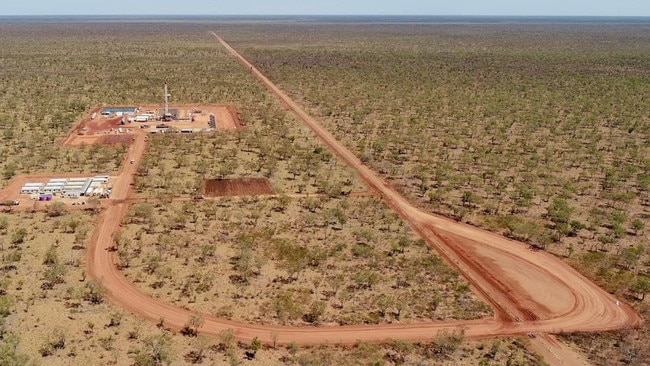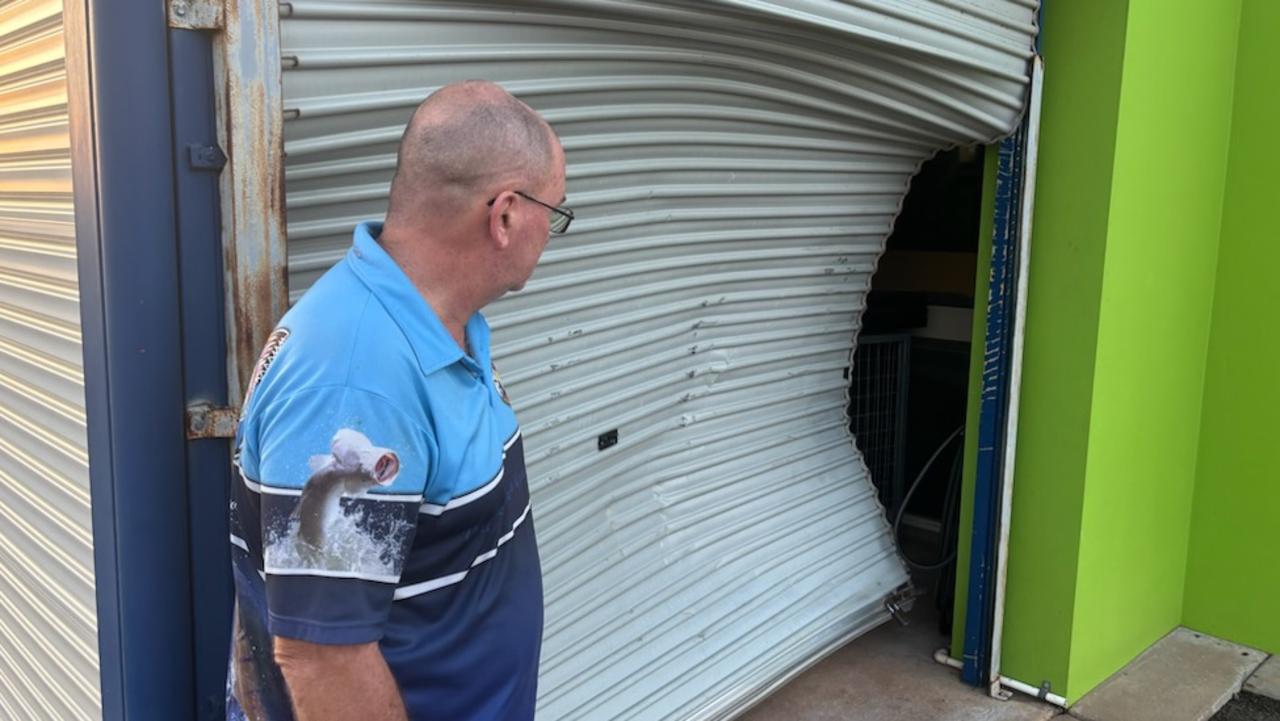Barkly phosphate mine key to 1000-job project and boosting Northern Territory economy
The Chief Minister has inked a deal that could bring an extra 1000 jobs to the Northern Territory. Here’s everything we know about this billion-dollar project.

Business
Don't miss out on the headlines from Business. Followed categories will be added to My News.
Development of a rich phosphate deposit in the Territory’s Barkly region is key to the future construction of a battery cathode plant in Darwin.
The Territory Government and the partners in the cathode plant project on Wednesday signed a non-binding Memorandum of Understanding to jointly develop the project.
The Government hopes it will see lithium iron phosphate (LFP) battery cathode material manufactured in Darwin.
American Perth-based Avenira Ltd and Taiwanese company Aleees want to develop the plant at a still to be chosen site in or around Darwin.
The MOU outlines how the three parties will achieve final investment decision on a pilot project by early next year.
The government said if the project went ahead up to 1000 jobs and annual revenues of more than $4bn could be generated in the Territory.
But before that happens the Wonarah phosphate project - about 300km east of Tennant Creek - must be developed.
Wonarah is one of the country’s largest potential phosphate projects producing the highest grade resource in Australia.
First scoped in 2008 and with approvals granted in 2010, the stalled project has been buoyed by a recent surge in phosphate’s global market price and Tesla’s 2021 decision to move to lithium iron phosphate batteries for standard-range electric cars.

The plan is for battery grade phosphoric acid from the Wonarah mine to be sent to a proposed LFP manufacturing plant in Darwin where it will processed into a pre-cursor cathode material for sale to battery cell manufacturers globally.
Avenira executive chairman Brett Clark said the proposal was underpinned by phosphate extraction from Wonarah, with Aleees hoping to develop the processing plant around Darwin Harbour.
“The Northern Territory and Darwin are close to the markets and there’s also the proximity to our phosphate project on the Barkly Highway and we believe that it’s beneficial to keep the project from a logistics point of view in the Northern Territory,” Mr Clark said.
“It will go past the bankable period of 20 years and we believe it will be generational in terms of supply, so it’s multi-generational.”
With Bechtel commissioned as project engineer, Avenira is hoping to fast-track the plant development.
“We have a fast track that we’re looking at the moment and the fast-track program is looking at an LFP plant of 5-10,000 tonnes per annum,” Mr Clark said.
“That plan will be a replication of the Type A plant so it’s a cookie cutter or a McDonald’s restaurant replica so there’ll be low technical risk and we’ll be able to implement it very quickly and it’s very investable and fundable.”

Aleees Australia president Brandon Chang said clients for the LFP would be found in Australia, Korea, Japanese and the United States.
He said the company has been producing LFP for more than 40 years and it wanted to take the technology to Australia.
“I think this move is an exciting opportunities created by renewable green energy technology like cathode material is the ability to change to more sustainability.
“This movement is really important, this move has a very significant impact on lithium iron battery supply chain global and we’re happy to work with our partners to make this happen in Australia and especially in the Northern Territory.”
Chief Minister Natasha Fyles said the MoU was part of diversifying the Territory economy.
“We can’t put all our eggs in one basket or one project,” she said.
“We need to have a number of projects and we need to use our natural position of location within Australia by being so close to south-east Asia and also using the minerals that we have.”
Although Middle Arm is earmarked for downstream production by the NT Government, a location for the plant has still not been identified.





